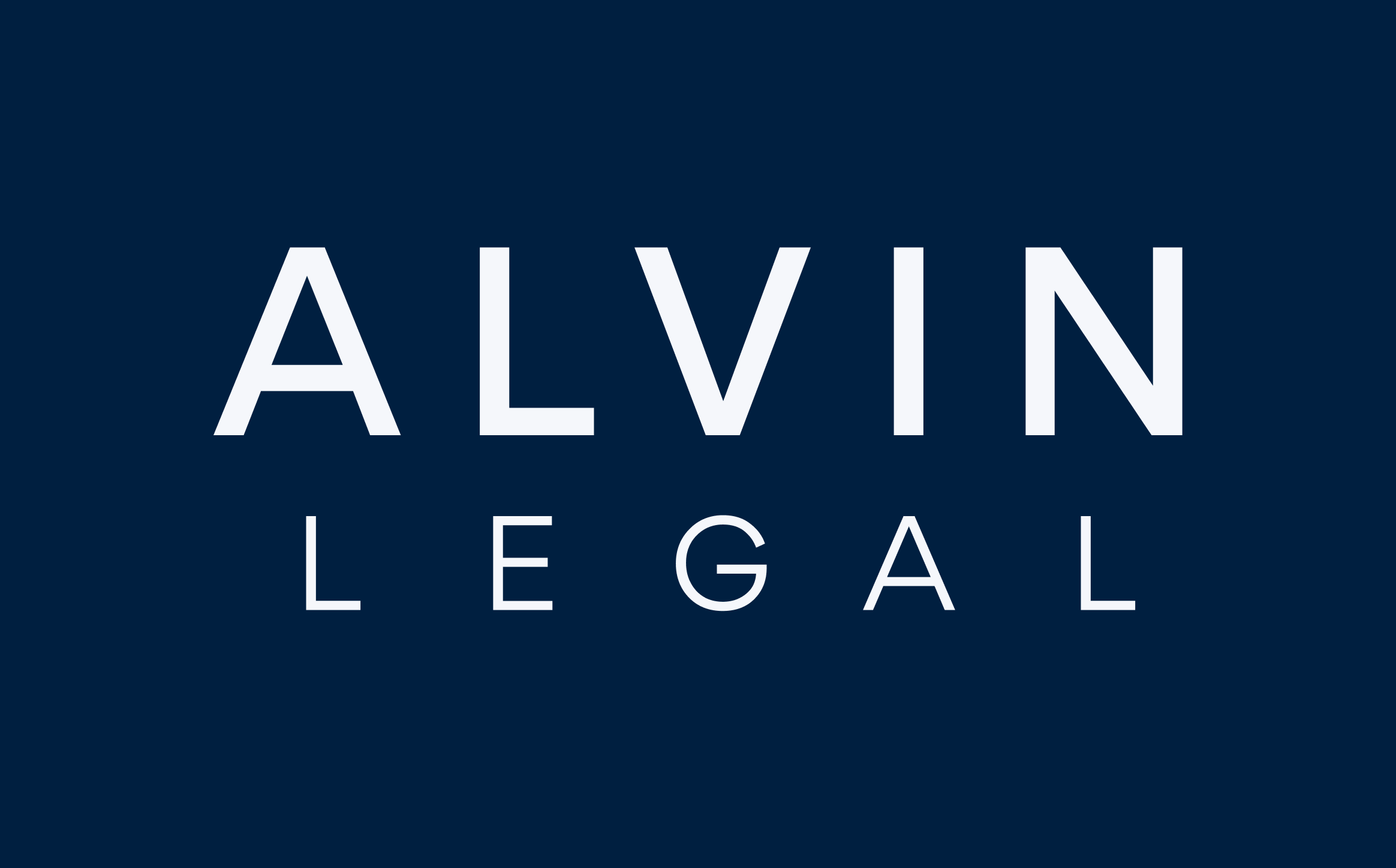Overview
1. Selling their shares to existing shareholders (or failing that, external third parties) (known as a “share sale”); or
A shareholder may exit private company by:
2. Selling their shares back to the company (known as a “share buy-back”).
The key difference between a share sale and a share buy-back is that in a share sale, the buyer uses their own funds to buy the shares, wherein a share buy-back the company using its own funds to buy-back and cancel the shares. A share buy-back is considered to be a reduction in capital, which requires additional steps under the Corporations Act 2001 (Cth).
It is important to note that, unless the shareholders’ agreement gives a shareholder such a right, the shareholder cannot force the other shareholders or the company to buy its shares.
Pre-emptive rights
Before a shareholder can offer to sell their shares to external third parties, the exiting shareholder will usually be required to offer to sell their shares to the existing shareholders in proportion to their current shareholding in the company. The shareholders’ agreement or constitution will usually set out this procedure. This is known as a right of first refusal. The exiting shareholder will usually be required to set out the number and class of shares the seller proposes to sell, the sale price and payment terms in its offer to the remaining shareholders. Some shareholders’ agreements also include a right of last refusal, which requires the exiting shareholder to give the remaining shareholders one last chance to buy the shares once a third party buyer has been found. These pre-emptive right procedures can be by-passed if the other shareholders agree.
Valuation
The pre-emptive rights procedures, by their nature, self-regulate the seller into selling its shares for fair market value. That is because, if the exiting shareholder is not able to find a third party buyer for the same price it offered to sell to the other shareholders, then the seller needs to re-start the pre-emptive rights process by offering to sell its shares at the lesser price it wishes to sell its shares to the third party buyer. The seller will therefore be careful not to set the sale price too high in its first offer under the right of first refusal.
If the other shareholders have agreed to waive their pre-emptive rights, then in most cases the seller and buyer will also agree on a price for the shares. Where this is not possible, then the seller and buyer may agree to follow the valuation procedure if one is set out in the shareholders’ agreement.
Where an external third party is buying the shares, they will usually conduct more detailed due diligence enquiries to conduct their own valuation.
Legal documents
The key legal documents required to effect a share transfer are:
1. A share sale agreement, covering:
a) Indemnities for any undisclosed tax liabilities;
b) Warranties to be given by the seller;
c) Any limits on the seller’s liability;
d) Detailed restraints of trade to be given by the seller; and
e) Any personal guarantees and indemnities to be given by the buy-side or sell-side (or both).
2. A share transfer form
The seller also needs to give the buyer the original share certificates (so the buyer can provide them to the company for cancellation). Alternatively, the seller can provide a declaration under section 1070D(3) of the Corporations Act 2001 (Cth) stating the shares have been lost.
Post-sale
After completion of the share sale, the company will need to formalise the share transfer by:
1. Updating the member’s register;
2. Cancelling the seller’s share certificate;
3. Issuing a new share certificate to the buyer; and
4. Notifying ASIC of the changes to the shareholdings.
Share buy-back
A company may buy back its own shares if:
1. The buy-back does not materially prejudice the company’s ability to pay its creditors; and
2. The company follows the procedures laid down in Part 2J.1 of the Corporations Act 2001 (Cth).
See our related article for an overview of the selective buy-back process.
A share buy-back may also have CGT implications for the remaining shareholders, as the cost base for their shares will be determined on their original purchase value. The remaining shareholders should consider whether a better tax outcome can be achieved if they buy the seller’s shares instead of the company buying back the shares.

